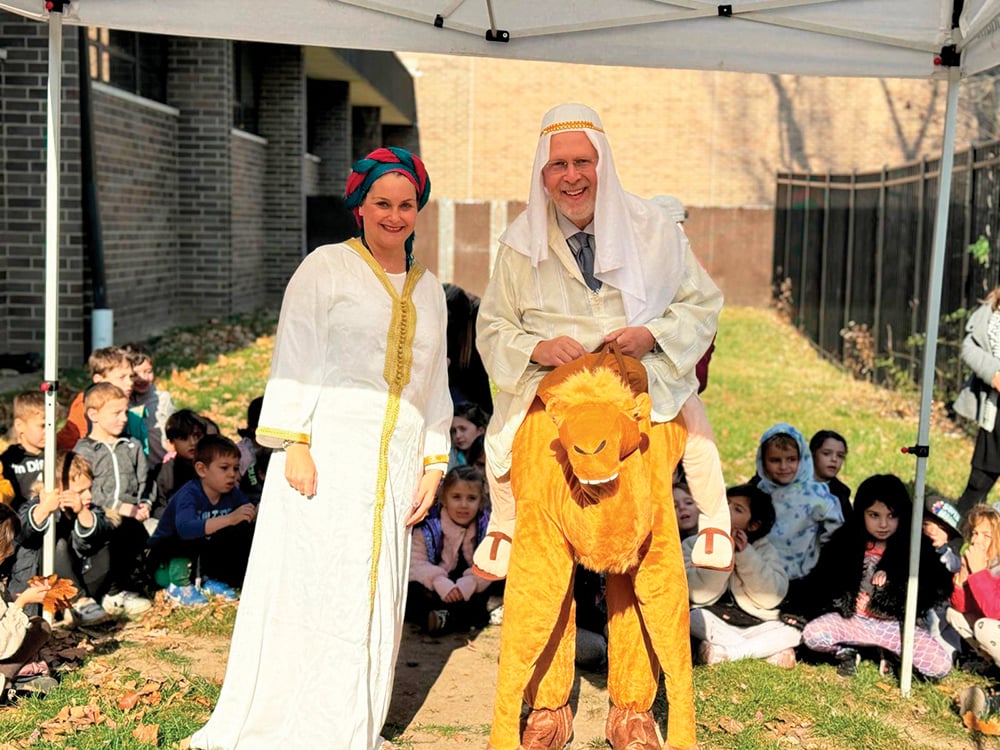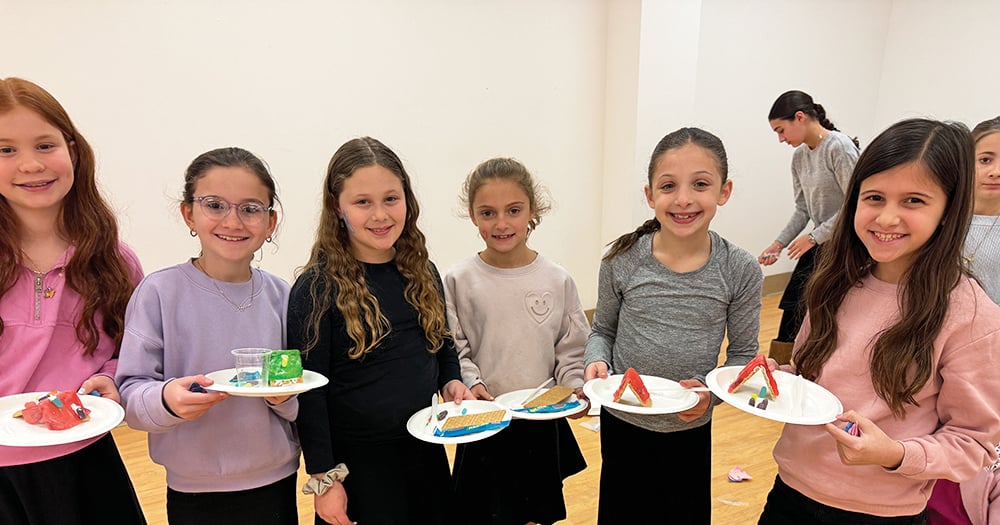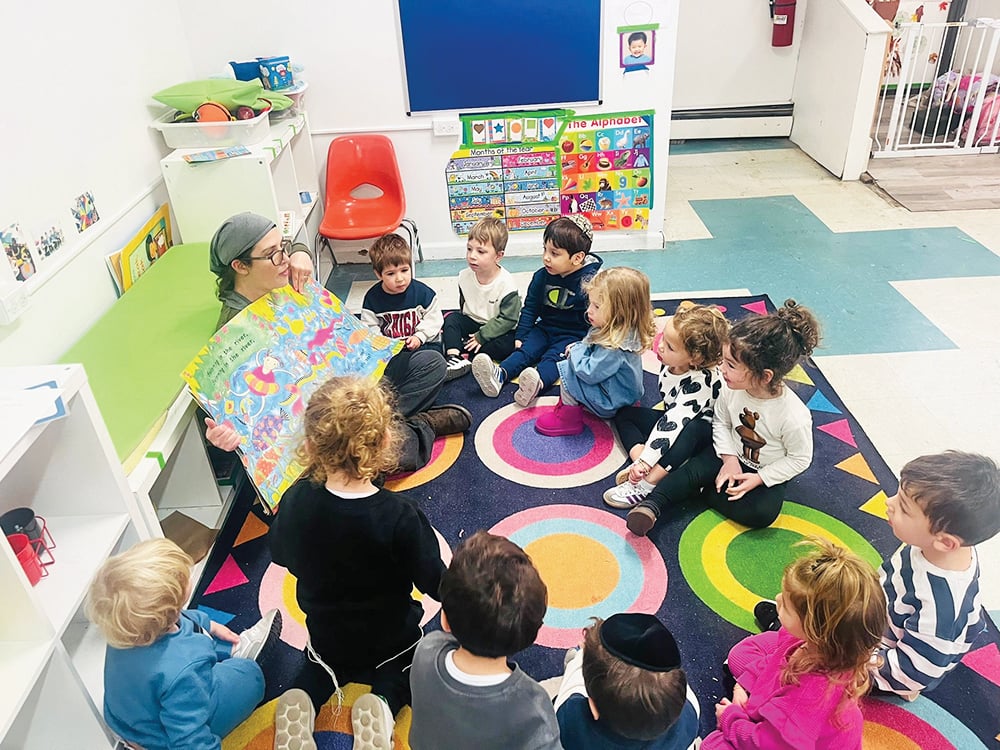By William S.J. Fraenkel
There are the “glass is half full” types and the “glass is half empty” types, and then there is me. I am the “glass is half empty with the microfracture, causing it to shatter in my hand leaving me with glass splinters and an indelible bright colored liquid staining my best suit on the day of an important presentation.” Thus, it is somewhat surprising that I find Parshat Chukat to be filled with hope.
Hope is not generally associated with a parsha that begins with an incomprehensible law inextricably intertwined with death, in other words, the mitzvah of Para Aduma, the Red Heifer. The parsha follows this law with: i) the death of Miriam; ii) the loss of the well of water associated with her; iii) the nation’s inappropriate approach to requesting water; iv) the incident of Moses hitting the rock and his consequential exclusion from the land of Israel; v) the death of Ahron; vi) the refusal by our cousins, Moab and Ammon, to let us pass through their land; and, vii) the people disparaging the Mannah and then being afflicted by fiery serpents. Owing to the foregoing events, one might not look on Chukat as a positive parsha. The accompanying haftorah suggests a different paradigm.
The haftorah comes from the book of Shoftim and involves perhaps the least of the judges, that is to say, Yeftach. Most people recall Yeftach as the individual who vowed that if he returned victorious from the war against Ammon he would sacrifice the first thing exiting his home. It turned out that the first thing to exit his residence was his daughter, his only child. The Gemara and commentaries dispute her ultimate fate. Our haftorah ends with Yeftach’s victory and does not include his return and his daughter emerging to greet him.
The fact that the haftorah omits this famous and tragic aspect of the Yeftach tale, ending simply with his victory, suggests that the parsha is also imbued with aspects of victory, success and hope. These positive aspects manifest themselves not simply at the end of the parsha, when B’nai Israel begins to amass a military, but throughout the parsha.
We begin with the law of the Para Aduma, the quintessential chok. Our observance of this commandment, which we cannot even begin to understand, is a testament in our faith to Hashem. Moreover, it rescues us from the taint of death, allowing us to once more enter into sanctified precincts and perform sanctifying acts. Yes, with the death of Miriam, the well was lost, and with the death of Aharon, the clouds of glory were lost, but we learn in Tannit 9a, that in the merit of Moshe these were restored. Yes, when the people clamored for water, Moshe acted out of turn and was denied the right to enter the land of Israel, but the midrash and the Dubno Maggid suggest that Moshe’s burial outside of the land of Israel had an aspect of reward. It ensured that all other Jews buried outside the land of Israel would never be overlooked at the time of the resurrection. To a true leader such as Moshe, being able, in a sense, to look after his people even after death, is a benefit. Although the fiery serpents were indeed a punishment, it reminded the people of all the natural dangers that Hashem had miraculously kept at bay for them for 40 years.Indeed, the parsha shows that B’nai Yisroel were themselves infused with hope and enthusiasm. At the end of the parsha, Moshe sends out a reconnaissance mission to Jazer. Rather than simply spy out Jazer, the Torah tells us that the scouting party captured the towns and drove out the Amorites.
Perhaps the greatest manifestation of hope comes from Moshe himself. Moshe knew that he would not enter the land of Israel and would die on the far side of the Yarden. Nonetheless, in this parsha he undertakes wars of conquest that will only advance the timetable for B’nai Yisroel crossing the Yarden. Moshe was Hashem’s devoted servant and had no intention of delaying the implementation of Hashem’s decrees, even to his own detriment. Moshe was confident in the justice and truth inherent in all of Hashem’s actions. Moshe was confident that one day there would be a resurrection and he would join the rest of the people in the holy land. Moshe is not only our teacher, but in this regard, must also be our role model.
William S.J. Fraenkel received a Bachelors of Arts in Religion and a law degree from NYU and served as a Board member and officer of several orthodox shuls. The opinions expressed in this dvar Torah are solely his own.













